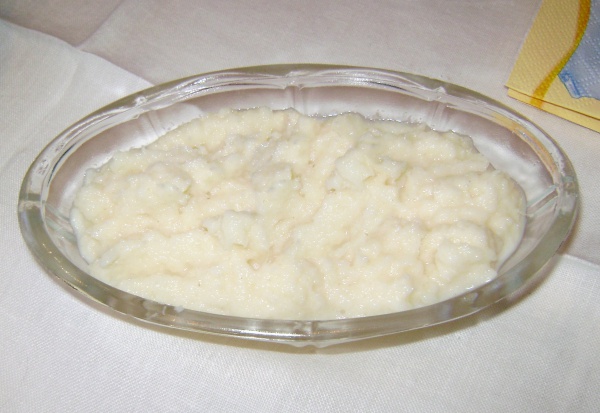Facts About Chrain
Chrain is a piquant paste made from grated horseradish and is a popular condiment across various global cuisines. It holds particular significance in Ashkenazi Jewish, Israeli, American Jewish, Austrian, Canadian Jewish, and several Eastern European culinary traditions. The term "chrain" derives from the Yiddish "כריין" which is borrowed from Slavic languages.
In Jewish and Slavic cuisine, there are two primary varieties of chrain: white chrain and red chrain. White chrain consists of grated horseradish, vinegar, along with occasional additions of sugar and salt. Red chrain includes beetroot, imparting it a distinct color and flavor. Both types are pareve, meaning they are free from dairy and can be consumed with both meat and dairy meals according to Jewish dietary laws. However, Central European versions sometimes incorporate cream, and Russian recipes may use smetana (sour cream). Other variations might include ingredients such as apples, lingonberries, cranberries, or oranges.
Chrain has been a staple in Eastern European Jewish communities for centuries, with historical references dating back to the 12th century. Today, it is most commonly recognized as an essential accompaniment to gefilte fish. In Eastern European cuisine, it is also a traditional pairing with various fish dishes, as well as meat and fish appetizers such as kholodets (aspic) and beef tongue.

 Russia
Russia